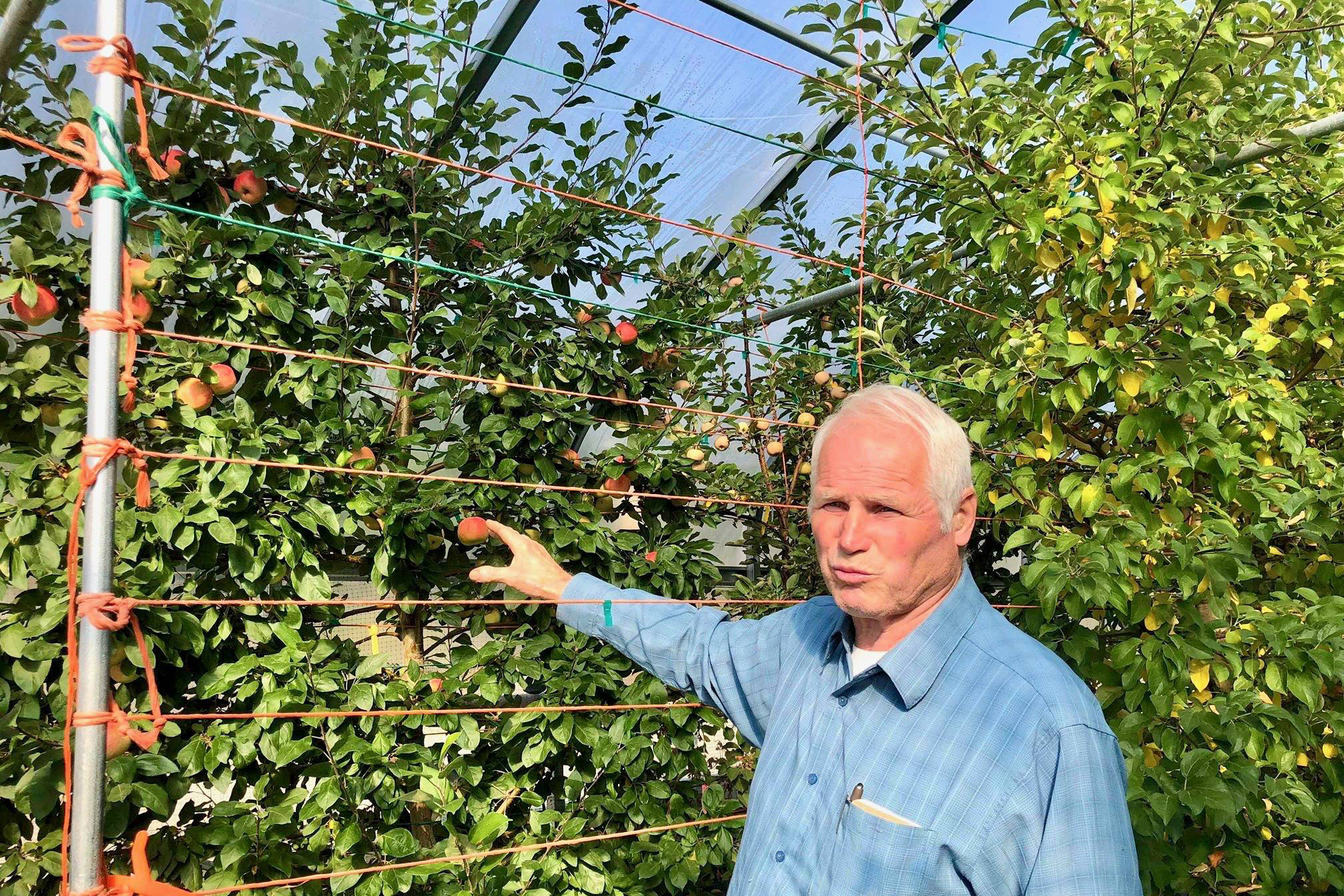Today may be a good day to buy local.
In an executive proclamation issued last month, Gov. Mike Dunleavy named May 7 as Alaska Agriculture Day, and encouraged residents “to support local agriculture by seeking out and purchasing products produced and grown in Alaska.”
“Agriculture has an integral role in the successes to every civilization and was instrumental to the settlement of Alaska,” the proclamation reads. “From early Russian trading posts to the settlers of the Tanana Valley, Alaskan frontiersman have seen the potential for agriculture and development in Alaskan communities.”
Alaska Agriculture Day was first celebrated in 2007.
The Alaska Agriculture Day celebration comes on the heels of the release of the United States Department of Agriculture 2017 Census of Agriculture, which shows that the Kenai Peninsula agricultural industry has grown. The census, which USDA conducts every five years, provides an opportunity to take a comprehensive look agricultural trends.
Released a few weeks ago, the report found that total sales of Kenai Peninsula agricultural crops in 2017 was $5.4 million, with $2.2 million being from aquaculture.
From 2012 to 2017, the number of peninsula farms selling food directly to consumers increased from 56 farms to 74, the report found. The census also found that the number of farms producing flowers or nursery crops more than doubled between those years, from 46 to 103. The total number of farms increased 60%, from 162 to 260, while direct sales of food to consumers more than tripled from $312,000 to $981,000, the report found. Similar sales for flowers and nursery and greenhouse products increased nearly 60%, as well, the report found, from $1.052 million to $1.671 million.
The USDA agriculture census uses both online and print surveys to gather its data. The state of Alaska had a 65% response rate in the 2017 census, while the peninsula had a 70% response rate.
In a presentation diving deeper into the census data, Sue Benz, who represents the National Agricultural Statistics Service for Alaska, noted the average age of an Alaskan farmer, at 55.2, is similar to that of a farmer in the U.S., at 57.5. The report also found that there are many more new farmers in Alaska — meaning producers have spent less than 10 years working on any farm — compared to the U.S. average. Women farmers make up nearly half of the agricultural producers in the state, compared to roughly 27% in the U.S., the report found.
For residents interested in filling their fridges with local produce, local farmers markets will begin operating in the next few weeks.

